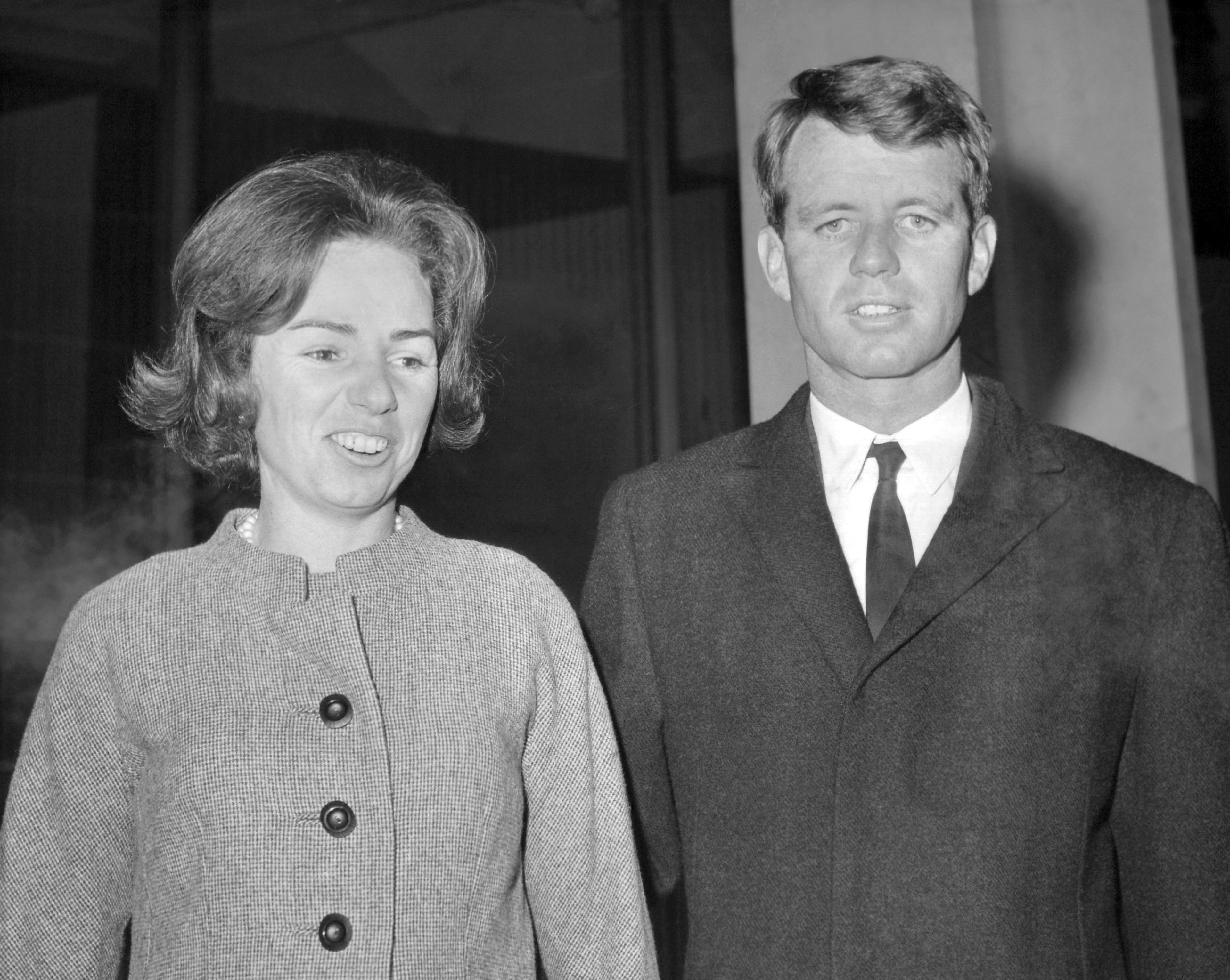BOISE — Idaho prison officials executed Paul Ezra Rhoades on Friday for his role in the 1987 murders of two women, marking the state’s first execution in 17 years.
Rhoades, 54, was declared dead at 9:15 a.m. at the Idaho Maximum Security Institution after being administered three separate drugs that make up the state’s new lethal injection protocol.
Rhoades was convicted in the kidnapping and murders of 34-year-old Susan Michelbacher and 21-year-old Stacy Dawn Baldwin. He was also sentenced to life in prison for the murder of 20-year-old Nolan Haddon.
The killings occurred during a three-week span in the winter of 1987. Prosecutors said he snatched Michelbacher, a special education teacher, into his van, raped her, shot her nine times and continued the sexual assault either as she lay dying or after she was already dead.
Baldwin died in similar fashion. The newlywed and convenience store worker was abducted at gunpoint and taken to a remote area where he tried to sexually assault her. She fought back, and as she was scrambling away on all fours, he shot her twice and left her to die alone in the snow.
Rhoades, an Idaho Falls native, was the first Idaho inmate to be executed since 1994 and the only person to be involuntarily put to death in the state since 1957. The last inmate to be executed gave up all of his remaining appeals and asked the state to carry out his lethal injection.
The execution was witnessed by representatives of all three of the victims’ families, Rhoades’ mother, Paula Rhoades, and four members of Idaho media. The execution was also the target of protests by capital punishment activists outside the prison south of Boise.
Rhoades admitted committing the murders, but he and his lawyers have vigorously appealed his case and Idaho’s new execution protocols and procedures. On Thursday, the 9th U.S. Circuit Court of Appeals denied a request for a full judge’s panel to review their appeal, and Rhoades’ attorneys also filed a last-ditch appeal to the U.S. Supreme Court. The high court cleared the way for the state to proceed.
A section of the state’s protocol that barred media witnesses from viewing the first part of the execution was also subject to a separate challenge. Under the state’s procedure, media witnesses were not allowed to see the execution team bring Rhoades into the chamber, secure him or insert the IVs.
Media cited a 2002 California case in which the 9th U.S. Circuit Court ruled the public — through media representatives — had a First Amendment right to view an execution in its entirety. The Department of Correction rejected requests from various Idaho newspapers, including the Lewiston Tribune, The Associated Press and broadcast groups to change the policy in the days leading up to the execution.
Idaho Department of Correction spokesman Jeff Ray said Rhoades, who is a diabetic, was in fair health during his final days, though he was anxious about the coming execution. The department planned to cremate his body after the execution and give the remains to Rhoades’ attorney, Oliver Loewy.
Rhoades was a high school dropout who began drinking at the about the age of 10, suffered polio as a child and developed a serious methamphetamine addiction as an adult. He also developed a habit of hanging out at convenience stores and watching the female workers.
Two of his victims worked at convenience stores, Baldwin and Haddon.
Haddon had long hair, and investigators speculated that Rhoades may have mistaken him for a young woman because of his blond locks. In any case, Rhoades robbed the convenience store, shooting Haddon five times and leaving him for dead in a walk-in cooler. Haddon died several hours later.








